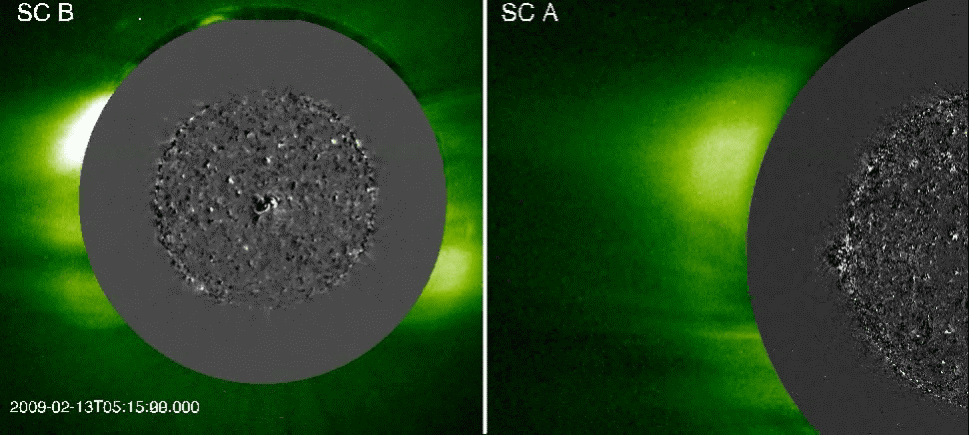Please note: Osher Rainforest will be closed for maintenance Jan. 14–16.
Science News
Cowabunga! Surfing the Sun
May 28, 2010

The Sun is super hot right now. Besides the amazing images SDO is now giving us, this week at the semiannual meeting of the American Astronomical Society in Miami, solar scientists had a lot to discuss.
One researcher has looked for clues to solar weather in the meridional flow, which moves from the solar equator toward the poles, and which seems to change speed during the shifting solar cycle. Another looked at the solar "jet stream," a slow current that originates at solar midlatitudes and pushes in a bifurcated stream toward both the equator and the poles. Another scientist examined the inner workings of the sun through the oscillation of sound waves propagating through the solar interior; yet another looked at magnetic maps to chart the shifting flux across the sun.
(This quote is thanks to Scientific American.)
In other words, we still have a lot to learn about our very own star.
In fact, in 1997, NASA’S Solar and Heliospheric Observatory (SOHO) imaged the eruption of an active region on the surface of the Sun that resulted in a coronal mass ejection (CME).
Such an eruption is a gigantic belch of charged particles and radiation that, when they reach Earth, can cause disruptions in radio transmission, power outages, and luminous atmospheric displays known as the auroras.
At the same time, SOHO also captured what looked like a shock wave that radiated out from the eruption along the Sun’s surface, like a tsunami. Solar scientists weren’t quite sure what this apparent “solar tsunami” was – were they witnessing actual wave propagation or just seeing the shadow of the ejected material?
None of SOHO’s subsequent images shed enough light on the phenomenon to answer the question, but last fall, the twin spacecraft of NASA’s Solar Terrestrial Relations Observatory (STEREO) imaged a solar eruption from two different angles simultaneously, establishing that what was observed in 1997 was indeed a shock wave that interacted with other features on the Sun – in one instance causing a solar prominence to wave like a flag in the wind.
Studies of this “fast-mode magnetohydrodynamical waves,” as they’re now known, indicate that they tower above the surrounding surface to a height more than a half-dozen times Earth’s diameter, rippling outward at half a million miles per hour. Analysis of the behavior of these waves can help determine the structure of the Sun’s lower atmosphere and pinpoint the exact location of the solar flares that emit CMEs. Knowing that, scientists are better able to tell whether or not CMEs may be aimed toward Earth and anticipate any effects from them.
Image: A solar tsunami seen by the STEREO spacecraft